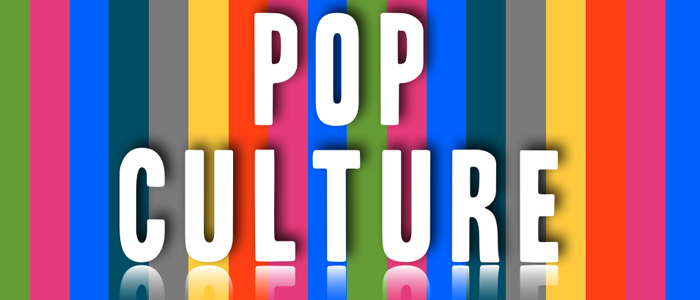The idea of whether or not graffiti is art, or not is a common debate in our society today. The answer varies depending on who you pose the question to. There is a fine line between whether graffiti is art or vandalism. What the graffiti is comprised of is the deciding factor for me, when it comes to illegible scribbles, like “tags” or swear words, or anything extremely rude or racist, I would consider vandalism. On the other hand, pictures like colourful murals, stenciling, as well as messages I would consider to be art.
The idea of graffiti that consists of tags are considered vandalism is a common theme among the world. In some countries, many of them in South America, Chile and Brazil for example; consider graffiti as a means for beautification of the city, giving it Utopian qualities (Pabón, 2013, p.89). At the same time these countries have a fine line, the act of “pixação” or what is considered “hip hop graffiti”, consisting of illegible font is considered illegal. In many of the South American countries, if you are caught doing this form of graffiti you could be shot on site (Pabón, 2013, pp. 89-90). There are some inconsistencies though when in comes to graffiti in these countries, regarding the laws. When it comes down to the rules set in place there is a grey area involving that of graffiti; if you are caught doing any of the legal versions of graffiti then you may be fined, given community service, or applauded (Pabón, 2013, p.90). There are little to no consistencies when it comes to that of legal graffiti.
Graffiti really started to become popular throughout the 1970s, and 1980s in New York (Bacher, 2017). The popularity continued to rise into the 1990s all over the world, with artists like Banksy in the United Kingdom. The growth of the popularity in New York throughout the 80s led to the city being covered in graffiti, everything from buildings to the sides of train cars. Which added to the ever-growing problem in New York at the time of urban decay (Bacher, 2017).

New York Trains in the 1980s by Martha Cooper
The phenomenon of graffiti covered trains led to the enactment of The Clean Train Movement, which began in 1985 as a way to clean up the city; Starting with the eradication of the graffiti (Bacher, 2017). This was a means of getting a rid of the crime and vagrancy that plagued New York City during these years.
In present time, we see a big difference in the way graffiti is done. Unlike New York in the 1980s many places now a days are not covered in graffiti. The graffiti that we so often see is that of murals, many of them done with permission. The pieces we see now are usually some form of witty comment or stenciled piece like those of Banksy. Which he created using a range of visual puns focusing on world issues. He used cliché images that focused around the idea of war, religions as well as art; to convey a powerful message to the people (Gaddy, 2007, p.70). Through these intense images, he got the attention of the world through social media and many other platforms making him a well-known graffiti artist.

Martin Luther King Jr. By Banksy
His works of art still appear around the world as well as on social media. Banksy has quite the fan following including over 1.8 million followers on Instagram, he has really made a name out of himself through his passion of art.
In the past and still through until today we see graffiti as a means for conveying messages, reaching and changing the views of the people that see it, it is an art form among other things. It has not always been seen in this light though. Graffiti means many things to many people. Some view it as a menace to society while others, including myself view it as a wonderful form of art. Although it could have its negatives; if the graffiti itself is racist, or rude or if it is just illegible squiggles. If it is used as a means for good then I see no issue in artists sharing their talents with the world around them. When it comes to the idea of whether graffiti is art or a menace there are many attributes and qualities we have to consider, to make a decision. The hardest part is deciding for yourself on where you really stand on the issue. What do you think, is graffiti art or vandalism?
References
Bachor, K. (2017). Preserving New York’s History of Graffiti Art. Time.Com, 1.
Banksy, (n.d). This Was Not My Dream. Retrieved from: https://www.tumblr.com/search/jr%20graffiti
Cooper, M. (1984). Subway Art. Retrieved from: http://www.vintag.es/2016/01/subway-art-remembering-time-when-new.html
Gaddy, J. (2007). NOWHERE MAN. Print, 61(1), 68-73.
Pabón, J. N. (2013). Be About It. TDR: The Drama Review, 57(3), 88-116.
SPRAYTRAINS. (2015, June 22). Inside the Mind of Martha Cooper, Iconic NY Street Photographer & Graffiti Documentarian. Retrieved from: https://thehundreds.com/blogs/content/martha-cooper-interview
